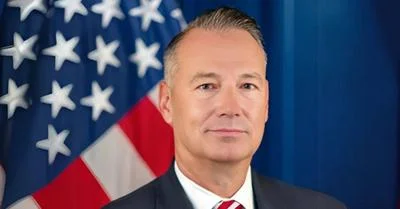Congressman Danny K. Davis | Congressman Danny K. Davis website
Congressman Danny K. Davis | Congressman Danny K. Davis website
The Temporary Assistance for Needy Families program is a program for families with children. Two-thirds of TANF recipients are children and nearly 70 percent of them are under age 12. Over one third of TANF children are infants, toddlers, and preschoolers. The primary goal of TANF should be to reduce adversity for poor children by providing stability and support to their families.
Instead of focusing on how to help children, today’s hearing topic seems to blame parents, grandparents, and other caregivers for their poverty, and suggest that the solution is work requirements. There are many ways we could strengthen TANF, but placing more burdens and blame on parents, grandparents, and other caregivers is not one of them.
TANF fails to help the vast majority of poor families. Only about one million families receive TANF income support, and the average monthly benefit in 2021 was $517, with 14 states paying an average of $300 or less. Most families receive “child only” TANF that is an even more paltry sum. This meager support is shameful given the clear evidence that living in poverty causes both short and long-term health problems for children, damaging their futures and also leading to unexpected and costly doctor visits that undermine work for their parents., especially for low-level entry jobs.
TANF fails families by imposing crushing administrative burdens designed to kick them off under the guise of accountability. In fiscal year 2021, THE single most common reason for TANF case closing was failure to comply with administrative requirements. It was a missed meeting, a late report or a missed signature – NOT refusal to work.
TANF fails to remove the barriers faced by millions of family caregivers. Nearly one-fourth of children currently receiving TANF assistance are raised by grandparents. For these families, TANF benefits, however small, can be a lifeline – maybe enough to avoid selling their house or draining their retirement savings. In Chair LaHood’s and my state of Illinois, an estimated 75,000 families with young children are headed by grandparents. But most grandparent-headed families do not receive TANF despite dire financial need. I hope we can work together to make it easier, not harder, for kinship families to get help from TANF.
TANF fails to invest in career pathways, and in the last Congress, my Republican colleagues opposed our efforts to continue the evidence-based, career-pathway Health Profession Opportunity Grant program. Witness after witness – both Republican and Democratic – has stressed the critical importance of improving educational opportunities for TANF recipients so that they can access high-caliber, good-paying jobs. But when this Committee had a chance to do it, many of my colleagues said no.
If our goal is to address the worker shortage, our peer countries have demonstrated that guaranteed child care and paid family and medical leave substantially increase workforce participation among women. Parents and grandparents that need help from TANF don’t need more penalties, requirements, and paperwork. They need child care. They need a safe place to live, food to eat, reliable transportation, good education, and health care. If we want to support work, that’s where we need to start. Every American relies on the federal government for help sometimes. These investments benefit us all. They make us the country we want to be, lifting the burdens from vulnerable families so that children can thrive.
Original source can be found here.






 Alerts Sign-up
Alerts Sign-up